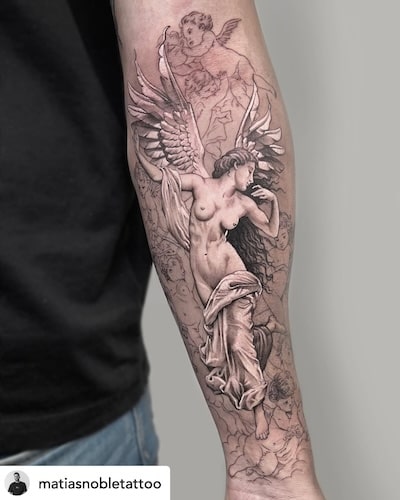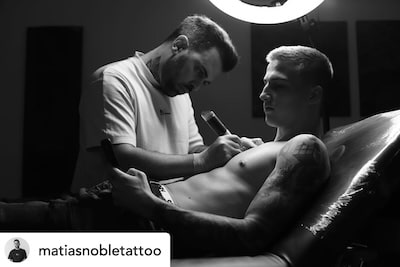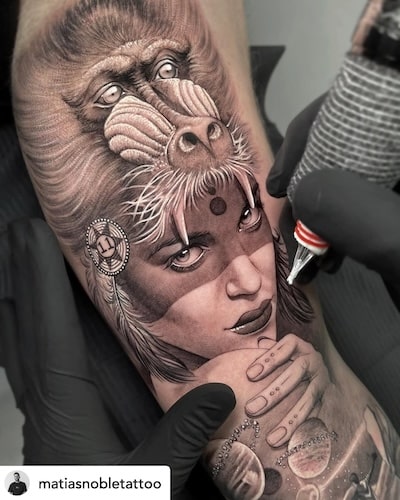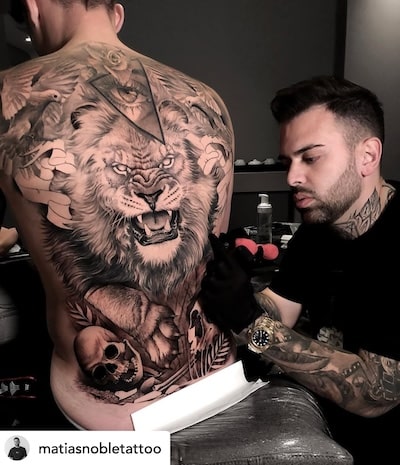Post content
FIND YOUR CITY
- USA
- CANADA
- SWISS
- SPAIN
-
- NO PIAN TATTOOS
- STYLES
- BODY AREAS SEE ALL IN TATTOOS
-
TATTOO ACADEMY
FACE-TO-FACE INITIATIONFIND YOUR CITYUSACANADASWISSSPAIN
- PIERCING ACADEMY
piercings




